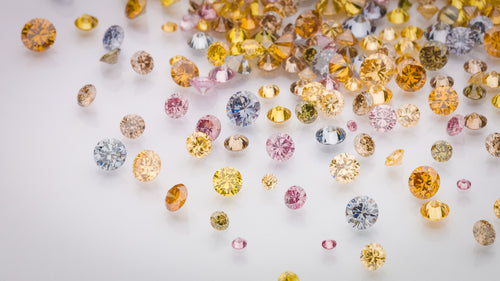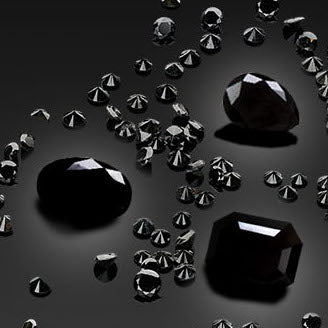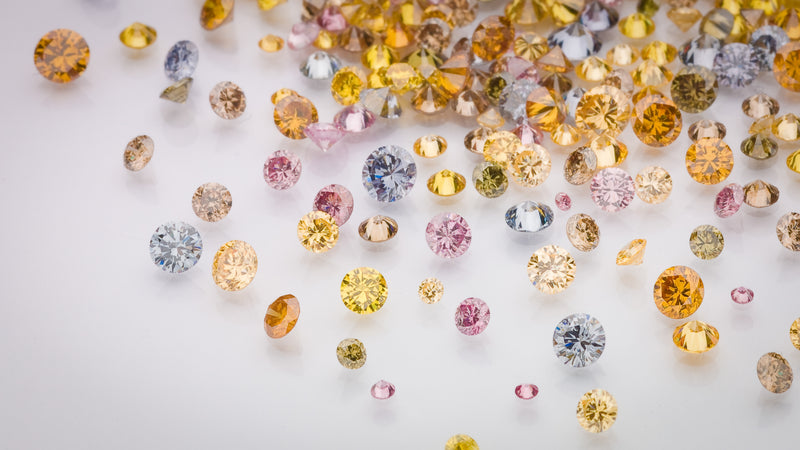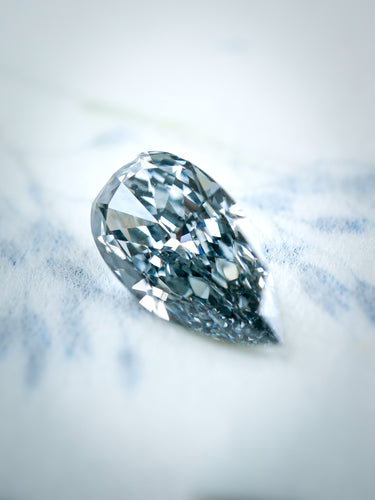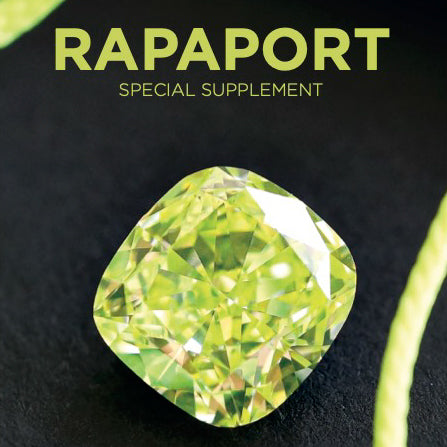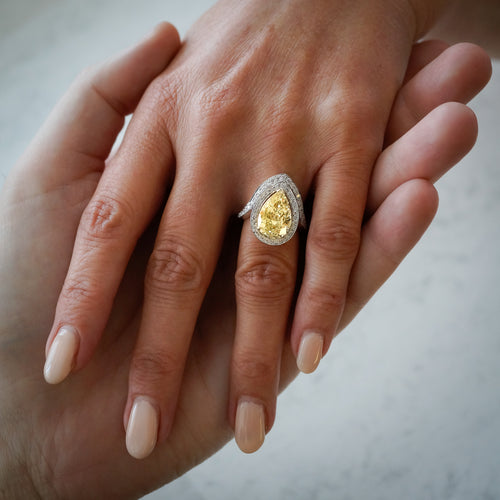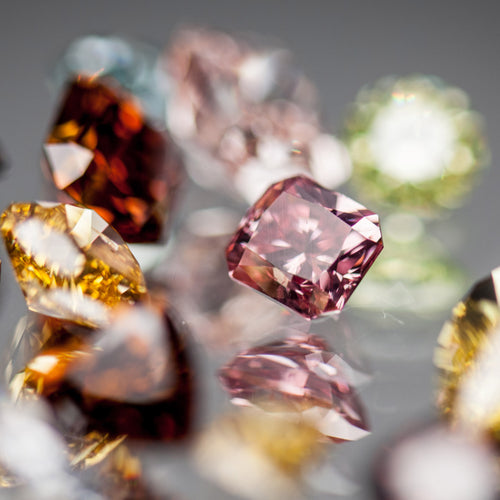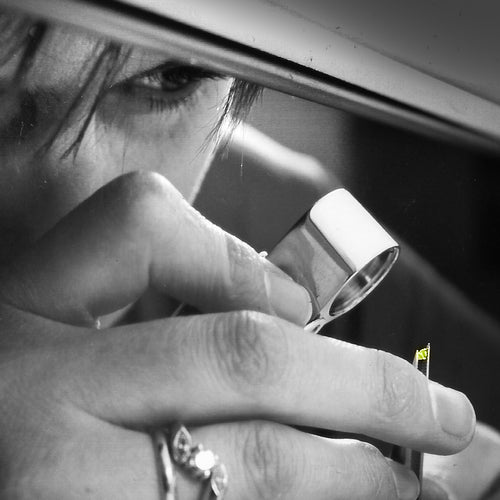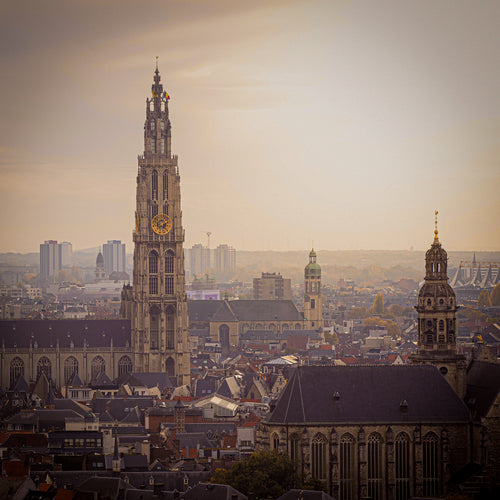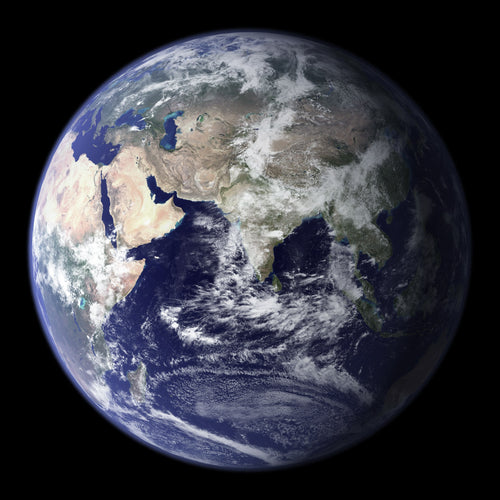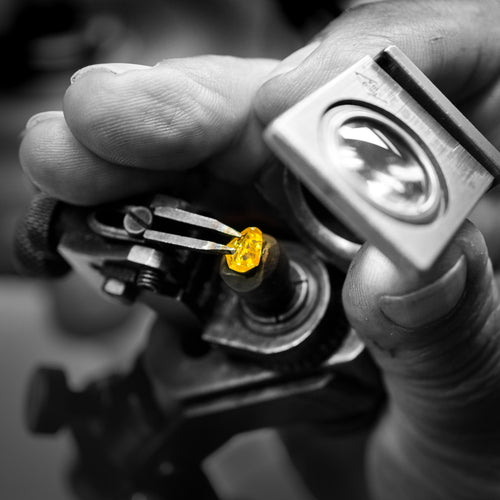
The Congo has long been one of the largest producers in the world, with over 20 million carats per year, 80% of which are industrial diamonds. Congolese extraction has in recent years fallen dramatically, due to the decline in prices for industrial rough: from $2/ct to 20¢/ct. 95% of industrial diamonds are now synthetic.
This change to synthetic diamonds has had a particularly important impact on the M'bugi Mayi region, which mainly produces industrial diamonds. These diamonds now being less profitable, there is less extraction, and as a consequence fewer color diamonds are being found. Which is a real shame, as this region yields the most beautiful jonquil and cognac diamonds. The Congo as a whole produces intense yellow, cognac and orange diamonds. But there is also a positive side: as these diamonds are becoming scarcer, their value will probably increase in the coming years.

The Congo also has very peculiar diamonds, called "barrels". These are beautiful yellow orange diamonds which, in the rough, are cubic, but sometimes hollow. Cutting them therefore causes an 85% loss in the weight of the stone (the rough/cut ratio is usually 40%), which has an important impact on their price.
Types of diamonds produced in the Congo:
Colorless, brown, gray, olive and the entire chromatic range of yellow, cognac and orange.
